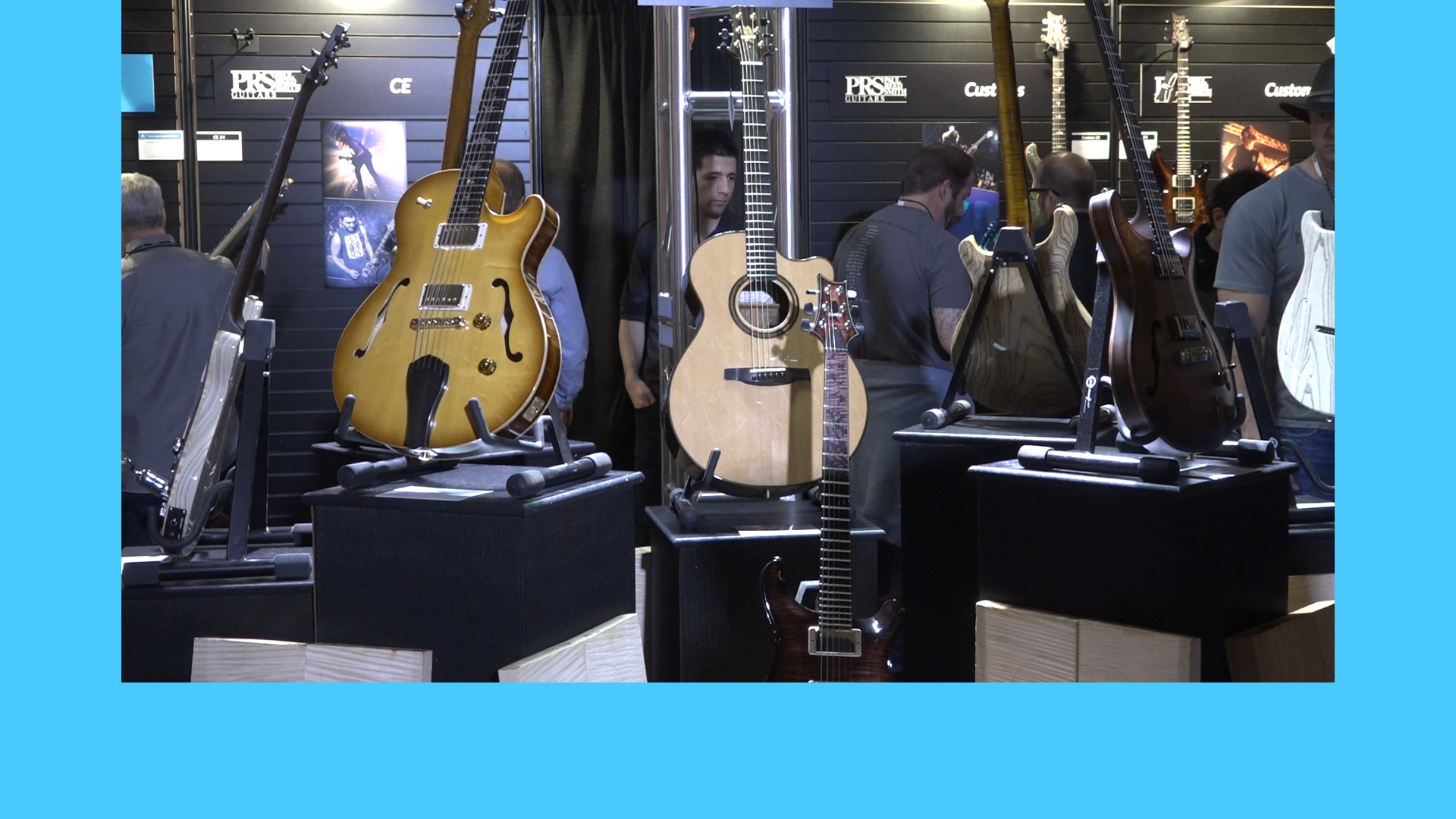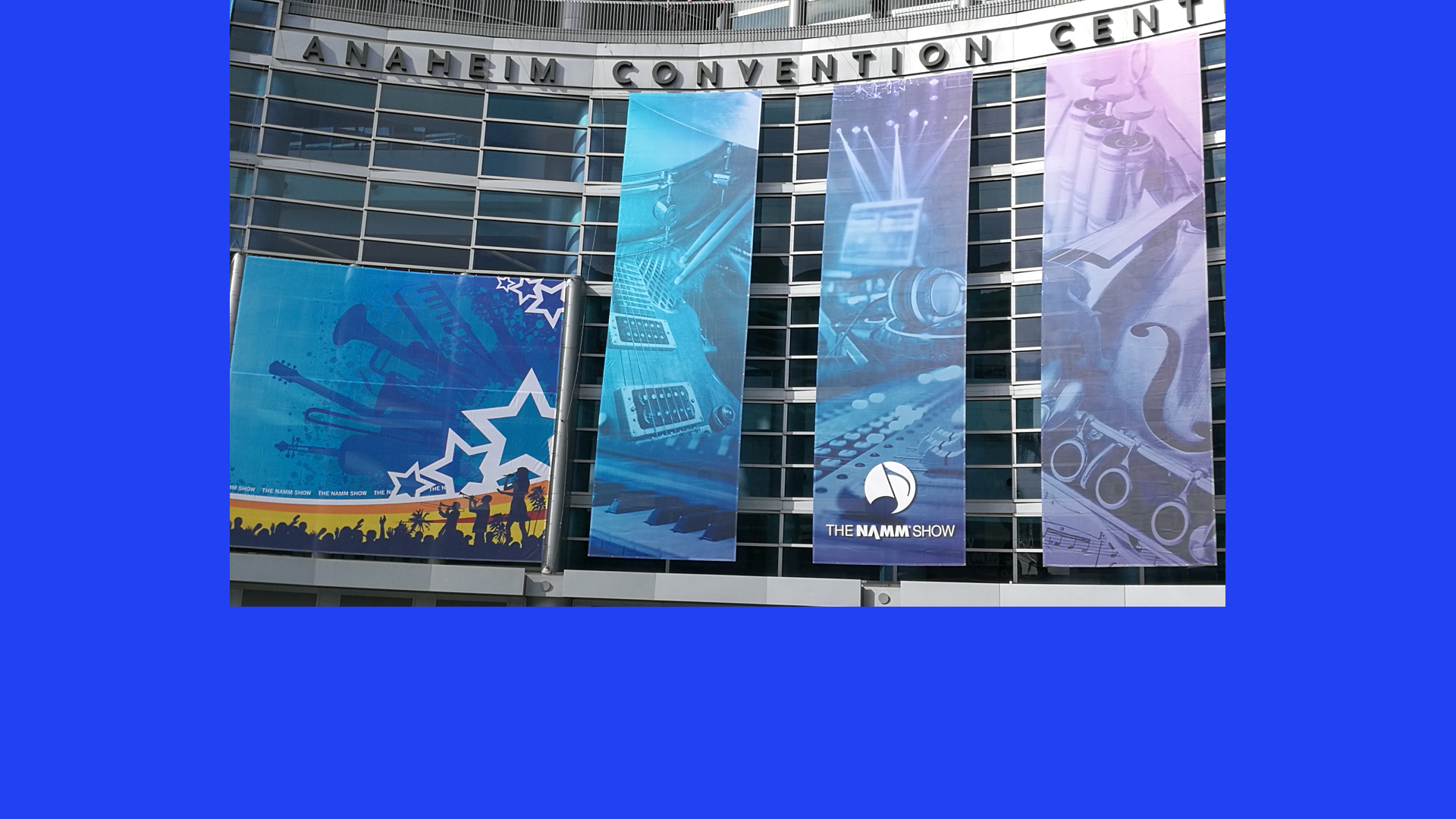
by Lidia Paulinska | Apr 6, 2017
Fathom events, March – On the evening of Sunday, April 2nd, thousands of delighted moviegoers were treated in hundreds of movie theaters to the classic thriller North by Northwest, directed by the incomparable Alfred Hitchcock. A hapless advertising executive named Roger Thornhill, played by Cary Grant, is mistaken for a fictional government agent by a gang of spies head by Vandamm, their ruthless ringleader played by James Mason. Thornhill is kidnapped and then framed for the murder of a United Nations diplomat. He escapes his sinister captors and goes on a run across America in his attempt to clear his name. Eva Marie Saint plays Vandamm’s mistress Eve, but with a twist. Martin Landau has his film debut as Vandamm’s creepy right-hand man.
Thornhill has two memorable and iconic encounters that have become part of our rich film lore. The first is the encounter he has with a sinister crop-duster, a scene filmed in the San Joaquin Valley nears Bakersfield, California, about two hours north (by northwest?!) of L.A. (For devoted fans, it took place on Garces Highway). Originally, Hitchcock envisioned a tornado threatening him, but for tech reasons, settled on the bi-plane and an exploding oil tanker. It works beautifully, a fact to which film history attests.
The next harrowing scene in which the bad guys pursue Thornhill takes place in the Black Hills of South Dakota on the massive sculpture of four presidents carved into Mount Rushmore which depicts Washington, Jefferson, T. Roosevelt, and Lincoln. Thornhill along with Eva, find themselves clawing across the face of Lincoln, and in fact, Hitchcock had even thought of naming the film “The Man on Lincoln’s Nose” after a short story he had read by that name which inspired the scene.
Some actors who had aspired to roles in the film included James Stewart and Gregory Peck for the role of Thornhill and Grace Kelly and elizabeth Taylor as Eve.
The Production Code Administration had difficulties with the sexual content of the film, but Hitchcock prevailed. Martin Landau’s character was scripted as a homosexual jealous of Vandamm’s mistress, but Hitchcock agreed to have him be more subtle than the script demanded.
And incidentally, if you think you heard hints of the music from Psycho or Vertigo, you’re right. The music North by Northwest was composed by Bernard Herrmann who wrote the score for all Hitchcock films and is considered to be one of Hollywood’s greatest composers of all time.
North by Northwest is a classy thriller and an iconic American treasure, and it’s Hitchcock at his very best which is pretty good, indeed.
by Lidia Paulinska and Hugh McMahon

by Lidia Paulinska | Apr 6, 2017
Fathom events, March – On Saturday, March 11, 2017, the Metropolitan Opera presented Giuseppe Verdi’s much-loved La Traviata through the popular “The Met: Live in HD” series, screened simultaneously in hundreds of movies theatres to thousands of opera lovers throughout the world.
Verdi’s masterpiece received it’s world premiere in Venice at the Teatro la Fenice in 1853. It managed to survive a notoriously poor opening night reception, but went on to become one of the best-loved operas in the repertoire. It is probably one of the most performed works in the history of opera.
The La Traviata was a unique and challenging opera for its day (mid-nineteenth century Italy) since
“The Fallen Woman” of the title, Violetta, was an unmanageable courtesan who defies the rules of the day to fall in love with and live with Alfredo, the embodiment of “respectable” society. This theme ran counter to the prevailing unspoken rule that only those of nobility were to be dramatized as victims of a tragic love affair and the opera’s initial impact on the audience was accordingly negative. However, with some reworking, it was accepted and praised by audiences soon after its premiere and such themes were to become popular right up to Julia Roberts’ portrayal of la traviata in Pretty Woman.
In this sparsely staged, stark white production, the dominant set piece was a giant clock, ominously indicating the theme of change and impermanence throughout the three acts. Time is running out. The essentially bare stage allowed us to focus our attention on the two principle singers, soprano Sonya Yoncheva as courtesan Violetta Valéry in the title role and tenor Michael Fabiano as her obsessed lover, Alfredo Germont. The chorus was made up of perhaps 30 or more taunting men who are inventively choreographed so that they are either silent or vocal witnesses to the unfolding tragedy of Violetta and Alfredo’s love. Violetta’s lipstick-red cocktail dress symbolically stood in stark contrast to the black and white tuxedos worn by the chorus, her ever-present marginally hostile party guests and “clients.” At the height of her popularity, she cavorts atop a lipstick-colored sofa borne aloft by her “admirers.” Later, when rejected and shunned by all, she collapses in the middle of an empty stage as those dearest to her turn away from her in revulsion.
This magnificent Met production staged by Willy Decker has been hailed by the critics as one of the finest Traviatas in decades. Prior to this staging coming to the Met, it was a sensation at the 2005 Salzburg Festival and it is agreed by the critics that this current Met offering surpasses its Salzburg predecessor. It is truly “Croce e delis al cor!” Torment and delight of the heart! In the grandest Italian operatic tradition.
by Lidia Paulinska and Hugh McMahon

by Lidia Paulinska | Apr 2, 2017
Bright Blue Innovations’ coverage of the 2017 Winter NAMM Show included interviews and product announcements that were aired on Comcast, AT&T & Ustream by it video production partner Roadway.Media in February 2017 on Bright Blue Innovation.
Bright Blue Innovation Host Lidia Paulinska visits the 2017 Winter NAMM show in Anaheim, CA. The show featured many new musical instruments from major manufacturers and smaller specialized companies. Dominating the show was new guitars from Paul Reed Smith, Fender, Martin, Yamaha and Zerberus. Additional innovative instruments and amplifiers from 3dVarious, Boss, Fender & PRS Amplifiers and DJ equipment from Dennon were also highlighting the show.
The episode can be found at Roadway.Media as Bright Blue Innovation S2 Ep4


by Lidia Paulinska | Apr 2, 2017
Bright Blue Innovation’s coverage of the 2017 Winter NAMM Show included interviews and product announcements that were aired on Comcast, AT&T & Ustream by it video production partner Roadway.Media in March 2017 on Bright Blue Innovation.
Bright Blue Innovation Host Lidia Paulinska visits the 2017 NAMM show in Anaheim CA. This episode focuses on the new keyboard technologies and instrument technologies. These products were displayed from Yamaha, Casio, Roland, Akai, Alesis, Percussa, and Hohner.
The episode can be found at Roadway.Media as Bright Blue Innovation S2 Ep5


by Lidia Paulinska | Mar 23, 2017
Fathom events, March – On Sunday, March 19, 2017, Fathom Events and Pathé Live broadcast a thrilling and historic program to hundreds of select cinemas throughout the country; and it was a rare treat indeed. “A Contemporary Evening,” a triptych of works dedicated to modern choreography, featuring some of the world’s greatest dancers, direct from the Bolshoi Ballet in Moscow.
First on the program, and new to the Bolshoi’s repertoire, was “The Cage,” by masterful American choreographer, Jerome Robbins, followed by the young Russian-American choreographer Alexei Ratmansky’s colorful and folklore-inspired “Russian Seasons.” And finally, “Études” by the Danish choreographer Harald Lander which is considered to be an homage to classical ballet training.
Jerome Robbins’ (1918-1998) ground-breaking “The Cage” is set to Stravinsky’s Concerto in D for chamber orchestra and had its premiere at the City Center of Music and Drama in New York on June 10, 1951. In a 2003 New York Times review it’s viewed as a “sardonic take on Male-female relationships;” and indeed two male creatures are stomped to death and have their necks broken between the knees of a female insect whose web they unfortunately wandered into. AnotherTimes review of Robbins’ ferocious ballet from 1982 opines: “Ostensibly set in a matriarchal insect society in which males are killed after mating, the ballet follows the life of one of the insects, referred to as the Novice, from her birth to her murderous adulthood.” Mr. Robbins has devised a wide variety of astonishing movement motifs for his collection of insects, including body undulations, brushing of legs, repeated lunging at the floor, stabbing arm motions, and silent screams to create the sense of non-human predacious creatures . The Bolshoi dancers are certainly up to the challenge and Ekaterina Krysanova as the predatory Novice is both lithe and menacing in the role. Mr. Robbins’ underlying theme of male-female relationships may be a bit dated, but the vitality and immediacy of his choreography is as fresh today as it was 66 years ago, and as always, the magnificent Bolshoi is up to the task. Mr. Robbins choreographed works for the New York City Ballet and is best known to popular audiences for his Broadway gems, “West Side Story” and “Fiddler on the Roof.”
The second work on the “Contemporary Evening” program, “Russian Seasons,” by Alexei Ratmansky (b. 1968), premiering at the Bolshoi Theatre, June 2006, and could not be more different from “The Cage” in style, tone, theme and intent. In a 2012 New York Times review by Anna Kisseldorf of this work when presented by the New York City Ballet states, “The ballet touches on many of Mr. Ratmansky’s inclinations: traces of folk dance are given modern makeovers as strange bursts of humor and pathos erupt like tiny fireworks all over the stage. Unison is less of a choreographic conceit than a way to show how a tribe moves with one pulse.” Mr. Ratmansky’s use of the ballerina is a pleasure to watch. In a vibrant and vital work choreographed for 12 dancers, 3 of the 4 leads are women and refreshingly, they aren’t relegated to “arm putty for tricky partnering or objects to be admired or violated.” The colorful costumes in red, green, blue, violet and burgundy red (uncredited in the movie program notes) become an integral compliment to the spirited movement of the piece and shimmer in stark contrast to the minimalist mise en scene. From 2004 to 2008 Mr. Rtmansky was the director of the Bolshoi Ballet and as of April 2014 he is artist-in-residence at the American Ballet Theatre in New York.
The final ballet of the evening, “Études,” was choreographed by Harald Lander (1905-1971) and premiered January 1948 at the Royal Theatre in Copenhagen with the Royal Danish Ballet for which Mr. Lander served as artistic director and ballet master. This exquisite work is a marvel of balletic continuity, visually chronicling as it does the progression of the dancer’s training from emergent student through corps de ballet, and finally to prima ballerina. As a reverential homage to classical ballet, it moves from the ballet studio with students at the barre diligently performing routine pliés then finally to beautifully executed excerpts from the classical ballet repertoire, including performances like the solo “dying swan” scene from “Swan Lake” and other vignettes. The ballet is performed to “piano studies” for music students composed by Carl Czerny which thematically compliments the opening scene of “Études” (“a short, musical composition for practice”) which focuses on ballet students at practice. “Études” is considered an homage to classical ballet training, beginning with students at the barre and ending with spectacular classical virtuosity.
All three works in this superb program are “modern” by definition, but performed by the exquisite classically trained Bolshoi Ballet, they sparkle with classical precision and stunning bravura.






